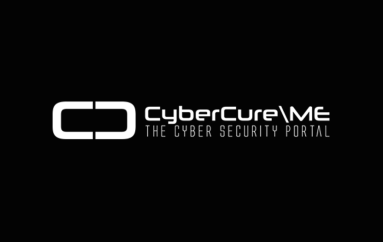
German nuclear plant’s fuel rod system swarming with old malware
A nuclear power plant 75 miles from Munich has been harboring malware—including remote-access trojans and file-stealing malware—on the computer system that is used to monitor the plant’s fuel rods. Fortunately, as Reuters reported, the computer isn’t connected to the Internet, and the malware was never able to be activated.
The malware was discovered on computer systems at the Gundremmingen nuclear power facility by employees of the German electrical utility company RWE. It included Conficker, a worm first detected in 2008 designed to steal user credentials and personal financial data and turn infected computers into “bots” to carry out distributed denial of service (DDoS) attacks. W32.Ramnit, a worm that provides attackers with a remote access tool and allows them to steal files and inject code into webpages to capture banking data, was also discovered on the system.
In addition to the infected computer system, last upgraded in 2008, malware was discovered on 18 USB removable storage devices. Both Conficker and W32.Ramnit spread themselves through USB drives. The malware did no harm because it required Internet access to contact a command-and-control network, and it appears that the plant was not specifically targeted by attackers since the malware was focused largely on financial fraud.
But much more destructive malware could have easily been introduced over USB drives in a targeted attack. Stuxnet was introduced into an Iranian nuclear research facility’s “air-gapped” network by way of a USB drive, and Flame and some “wiper” malware have also used USB drives as a way to get to disconnected systems. The discovery of the malware has prompted RWE to bring in Germany’s Federal Office for Information Security to help with an investigation into how the malware was introduced and to help improve security.
Because of the nature of systems at many utilities, these sorts of infections are not uncommon. The US Cyber Emergency Response Team (US-CERT) reported in 2013 that two US power plants had been discovered to have malware infections that entered systems via USB drives, requiring one plant to shut down some of its turbine systems while 10 computers associated with the turbine control system were scrubbed of malware.
Source | ARSTechnica





